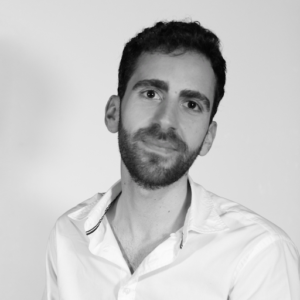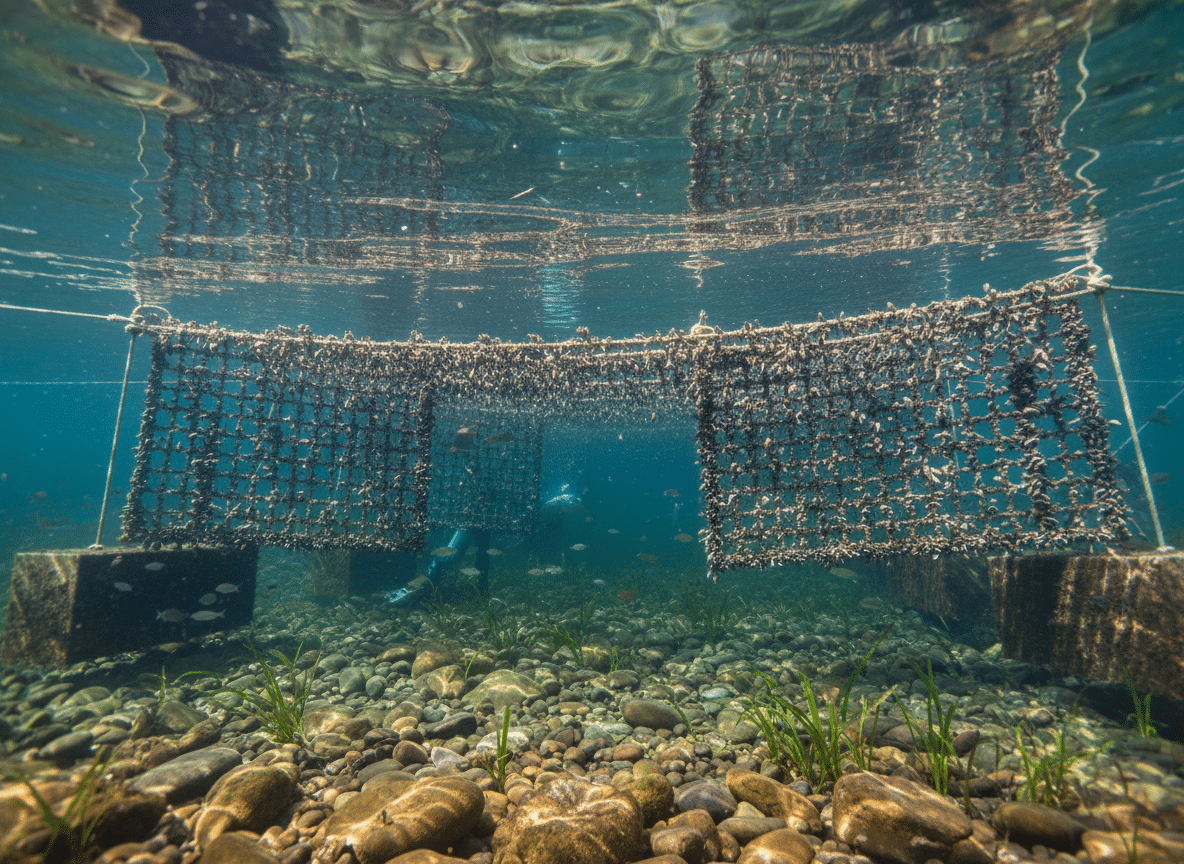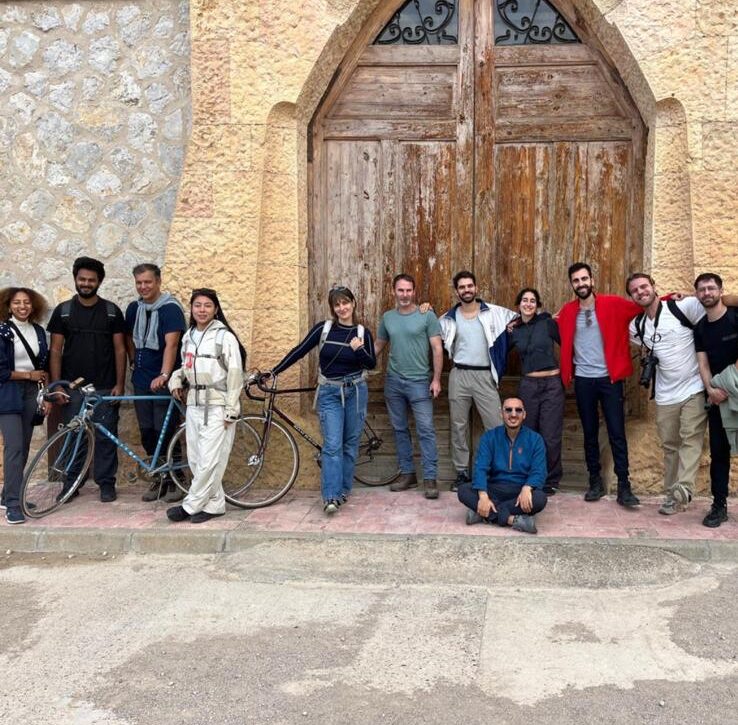Self Sufficient Futures and revitalisation systems in the Biosphere of Terres De L’ebre
Syllabus
Credits: Valldaura NDVI Scan / Jonathan Minchin Noumena ROMI

Credits: Self Sufficient Habitats at Benifallet / Jonathan Minchin
Description
Situated in the UNESCO Biosphere of Terres De l’Ebre in southern Catalonia, is a ten hectare research farm close to the village of Benifallet. The site is in a ‘critical edge zone’ at high risk of desertification, with a decreasing economy and increasing agricultural abandonment and it is also my home. Yet in the face of these challenges the area is considered to be one of only fifty ecological unique biospheres of Europe. With high mountain ranges, the delta of the river Ebro and a long history of settlement dating to pre-roman times, this real world and living context provides the setting for the seminar where you will spend a week living and designing. Together we will explore how land-use and self sufficient habitat design can be supported by emergent technologies to create new ecologies and new economies. Our systems designs will envisage a future that brings much needed revitalisation to the communities that live here. During the seminar participants will learn from placed based traditions, reinventing them for the modern era. Involving principals of computational agroecology and digitally enhanced appropriate technology we will design and propose alternative land-use systems for the region.
This week long field visit will include practical onsite experiences, learning to work with trees, soils and traditional construction techniques. The site has two small stone built cottages with off-grid energy, food and water infrastructure. There are kilometres of ancient terraces and dry stone walls with olive, almond and carob tree plantations, a typical land use formulation for the area. In this context the ecological interactions seminar learns from new observational technologies emerging in the disciplines of biology, ecology and agricultural sciences and uses them to form our own applied systems of revitalisation. We will explore tools and monitoring techniques at both macro and microscopic scales. We will explore geology through caves below ground and learn about the ecology through drone and satellite analytics above ground. We will encounter modernist architecture at neighbouring wineries and retrace the legacy of catalonia’s and civil war. In this context and informed by both practical and learned experiences the task is to propose and design living systems that might mitigate the changing climate, create novel small scale industries and replenish the landscape as a diverse and thriving habitat. We ask what tools and protocols might be deployed to achieve such an outcome and how can new digital technologies be used. Ultimately this is a system design workshop based in a real world context that aims to generate novel land use systems through ecological interaction design.
Learning Objectives
At course completion the student will:
- Acquire an understanding of various historical and changing land use paradigms, as well as their underlying philosophies and theories relating to human settlements.
- Gain an experiential and tacit understanding of Ecological Interaction design, informed firstly by taking samples and digital readings of the environment.
- Identify Indicator and model species as ways to read environmental health, finding the potential problems that ecosystems face through plant traits and species behaviours.
- Build an understanding of ecological linkages Monitor, map and record, both through direct observation and the use of digital surveillance and monitoring.
- Make hypotheses for design interventions and propose new and restorative industries based on existing potentials
- Form creative land use proposals and design digital sensory systems maps.
Faculty
Faculty Assistants
Projects from this course
Ecological Odyssey
During a week, 10 students from MAEBB, MAA, MaCT and MDEF got together as part of the Ecological Interactions class, that took part at the village at Benifallet, placed by the Ebro River. During this period, the students got in touch with the faculty’s land in order to come up with analysis, thoughts and solutions … Read more






